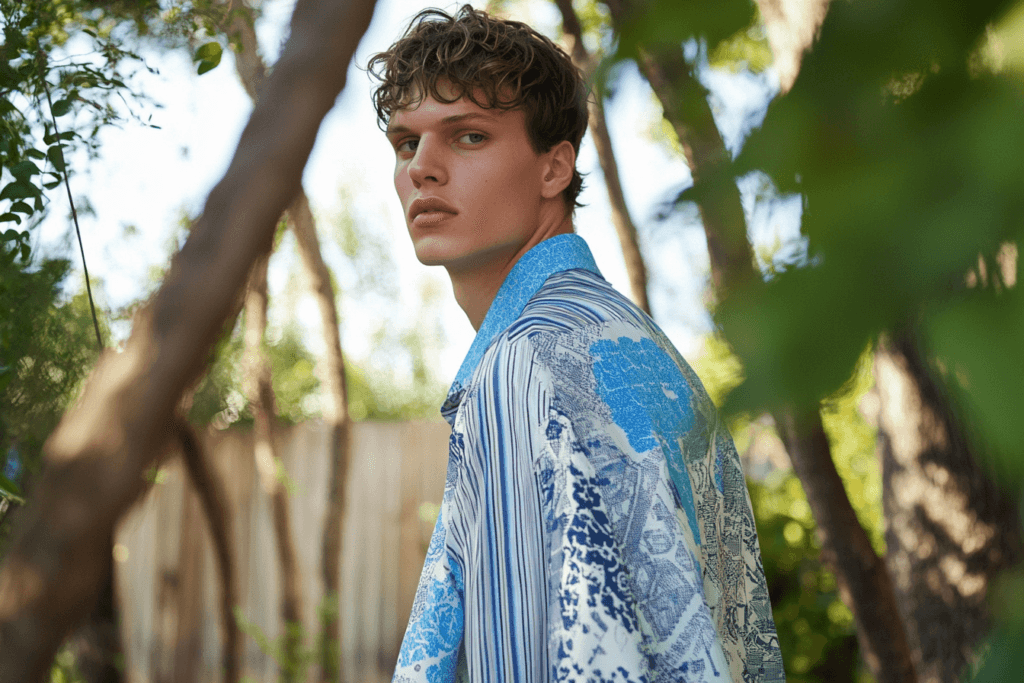
When I evaluate breathable fabric, I think about comfort and use. The right fabric can change how you feel every day or in tough situations.
For example, research shows that fabric affects body heat and sweat. Tencel is great because it lets air through and resists water vapor. It works well in hot weather, keeping you cool and comfy when you’re active.
This is why knowing fabric features matters a lot. It helps you pick materials that fit your needs and last long.
Key Takeaways
- Pick breathable fabrics to stay comfy during daily tasks.
- Choose ASTM-certified fabrics to get good quality and fewer returns.
- Different jobs need special fabrics for safety and comfort.
- Green choices like recycled polyester and bamboo are popular now.
- Always ask for recent test results to check fabric quality.
- Order small amounts first to test before buying more.
- Look for labels like GOTS and OEKO-TEX for eco-friendly fabrics.
- Talk to suppliers about how they check fabric quality.
Why 2025 Needs Smarter Fabric Choices?
Post-Pandemic Change: 73% of Buyers Want Breathable and Strong Fabrics (Statista 2024)
Since the pandemic, buyers care more about fabric comfort and strength. Statista’s 2024 data shows 73% of buyers now focus on these features. People realize breathable fabrics make life better, whether for work or casual clothes.
This change is happening for a few reasons. People want fabrics that keep them cool and dry, especially when active or stressed. They also want strong fabrics to save money and reduce waste. Many brands now offer fabrics with better airflow and moisture-wicking abilities. These features make fabrics comfy and long-lasting.
Example: Brand X Cut Returns by 29% Using Certified Fabrics
Brand X is a great example. They tested breathable fabrics and picked ASTM-certified ones for their products. This choice worked well. Using proven fabrics, they cut returns by 29%.
Their success came from focusing on quality. ASTM certification means fabrics meet strict rules for breathability and strength. Customers liked the comfort and dependability, leading to fewer complaints. This shows how smart fabric choices can help a brand grow and succeed.
Different Jobs Need Special Fabrics: Healthcare, Hospitality, and Factories
Different jobs need specific breathable fabrics. In healthcare, scrubs and hospital sheets must be comfy and safe. ASTM and ISO standards ensure these fabrics work well. For example, ASTM F1670 checks if fabrics block liquids, which is key in hospitals.
In hospitality, breathable uniforms help hotel and restaurant workers stay cool. Fabrics with airflow ratings of 25 CFM or more improve comfort during long shifts. This boosts workers’ mood and energy.
Factories and warehouses need fabrics that are both strong and breathable. Workers face tough conditions, so clothes must last and keep them comfy. The Functional Workwear Apparel Market is growing fast because of safety rules and better fabrics. New materials like moisture-wicking and temperature-regulating fabrics are changing workwear.
These examples show why testing breathable fabrics is so important. Each job has unique needs, and picking the right fabric improves comfort and performance.
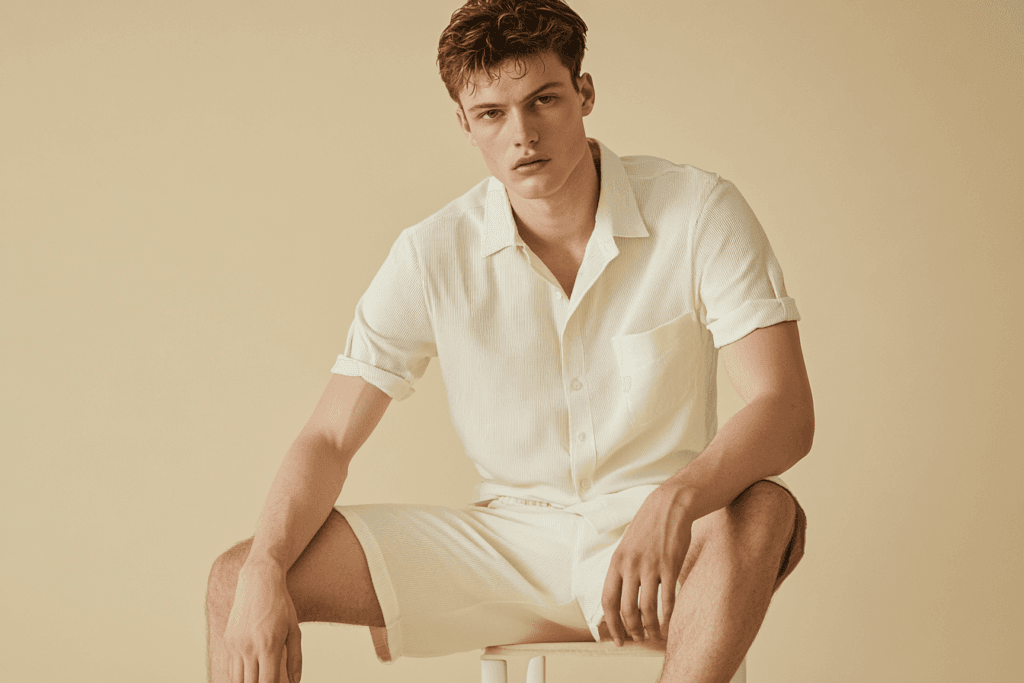
What’s Top 5 Breathable Fabrics for Bulk Buyers
Recycled Polyester Mesh
Recycled polyester mesh is a great pick for bulk buyers in 2025. It’s affordable and works well for industries like hospitality, where uniforms are replaced often. Costing $2.8-$3.4 per yard for orders over 1,000 yards, it’s a budget-friendly option for large purchases.
Look for an airflow rating of ≥35 CFM, tested by ASTM D737. This ensures the fabric stays breathable, keeping workers cool during long shifts. Hotels, restaurants, and event staff love its durability and moisture-wicking abilities. Recycled polyester blends wick moisture 40% better than regular fabrics, based on ASTM D6701 tests.
The rising need for eco-friendly fabrics makes recycled polyester mesh even more popular. Governments in 12 countries now give tax breaks for using sustainable materials. This makes it a smart choice for businesses wanting to meet environmental goals.
Bamboo-Blend Knits
Bamboo-blend knits are both eco-friendly and high-performing, making them perfect for workwear and uniforms. These fabrics are Oeko-Tex certified, proving they meet strict safety and environmental rules. They dry 50% faster than many other fabrics, making them practical for daily use.
A key feature of bamboo-blend knits is their excellent air flow. More bamboo content improves breathability, moisture control, and comfort. For example, fabrics with higher bamboo ratios wick water better and feel cooler, ideal for active jobs. Bamboo also naturally blocks UV rays, adding extra benefits.
Bulk buyers can save 15% on orders over 5,000 yards, making it cost-effective for big projects. But replacing bamboo with polyester in blends lowers anti-bacterial properties. Keeping a balanced blend ratio is important.
| Blend Ratio | Yarn Strength | Bursting Strength | Airflow |
|---|---|---|---|
| P/B 65/35 | Lower | Lower | Higher |
| P/C 65/35 | Higher | Higher | Lower |
Organic Cotton
Organic cotton is the top choice for eco-friendly brands. Its GOTS certification proves it meets strict environmental and social standards, from farming to production. This fabric is ideal for brands wanting to stay sustainable while offering quality products.
When choosing organic cotton, compare fabric weight for its use. Lightweight cotton is great for casual clothes, while heavier cotton works better for tough workwear. Organic cotton farming uses 91% less water and produces 46% less carbon dioxide than regular methods, making it a greener option.
The demand for biodegradable clothing is growing, boosting organic cotton’s popularity. Certifications like GOTS and Fair Trade Certified build trust with customers, helping brands gain credibility. The apparel industry is the biggest user of organic cotton, showing its wide appeal.
Pro Tip: Always ask for fabric samples to check breathable features like weight, feel, and airflow before buying in bulk.
Tencel (Lyocell)
Breathability Advantage: Absorbs More Moisture Than Cotton
Tencel is great for staying cool and dry. It absorbs 50% more moisture than cotton, making it perfect for hot weather. Its moisture management is better than most fabrics. Cotton absorbs less moisture, only about 8.5%. Tencel blends with bamboo, modal, and viscose absorb more and stay breathable.
This fabric pulls moisture away and keeps it dry. That’s why it’s used in healthcare uniforms and fancy clothes. In hospitals, breathable scrubs and sheets help workers stay comfy. For luxury fashion, Tencel feels soft and silky while keeping you cool.
Cost: $5.5-$6.8/yard (Minimum Order: 1,000+ yards)
Tencel costs more because it’s high quality. Prices range from $5.5 to $6.8 per yard for big orders. Bulk buyers like it because it lasts long and works well.
Popular Uses: Healthcare and Luxury Fashion
Tencel is loved for its comfort and breathability. Healthcare workers like it for its cooling and moisture-wicking features during long shifts. Fancy clothing brands use it for its soft feel and eco-friendly image. It’s great for people who want style and sustainability.
Nylon-Spandex Blends
Strong and Stretchy: Perfect for Activewear
Nylon-Spandex blends are great for sports clothes. They are strong and stretchy, making them ideal for workouts. The fabric stretches in all directions, helping you move freely. This is important for yoga, gym, and other activities.
The blend is usually 75-85% nylon and 15-25% spandex. It stretches well and goes back to its shape. It also resists chlorine and saltwater, so it’s good for swimwear. The colors stay bright even after many uses.
Cost: $3.2-$3.9/yard (Minimum Order: 1,000+ yards)
Nylon-Spandex blends cost $3.2 to $3.9 per yard for bulk orders. They last a long time, so you don’t need to replace them often. This makes them a smart choice for brands making activewear.
Common Uses: Sports and Gym Clothes
These blends are popular in sportswear. Athletes and gym-goers love them for their comfort and stretchiness. From yoga pants to swimsuits, this fabric helps you perform better and look stylish.

3 Warning Signs in Wholesale Breathable Fabric Deals
When checking fabric deals, I look for hidden problems. These issues can affect quality or raise costs. Some contract terms seem fine but cause big trouble later. Here are three warning signs to watch for.
Hidden Rule: “±10% Breathability Tolerance” = Risk of Poor Quality
Some contracts allow a ±10% change in breathability levels. This might seem okay, but it can cause uneven fabric quality. For instance, a fabric rated 35 CFM could drop to 31.5 CFM and still pass. This difference affects comfort and performance.
I always ask how suppliers test breathability. Good suppliers follow ASTM D737 standards and share test reports. If they can’t show recent results, I see it as a red flag. Uneven breathability can lead to production problems, unhappy customers, and returns.
| Problem Type | Effect |
|---|---|
| Production problems | Uneven sizes, colors, or finishes |
| Hidden material flaws | Found only after reaching customers |
| Higher return rates | Causes big money losses |
| Bad brand image | Due to poor customer reviews |
| Lost business accounts | From selling low-quality products |
Fake Papers: How to Check OEKO-TEX Certificates Online
Some suppliers claim their fabrics are OEKO-TEX certified, but the papers are fake. This is serious because OEKO-TEX ensures safety and eco-friendly standards. Without it, fabrics might have harmful chemicals or fail sustainability goals.
To check a certificate, I go to the OEKO-TEX website. Their tool lets me enter the certificate number and supplier name. If it’s not listed, I avoid that supplier.
Here’s my checklist for checking certificates:
- Get the certificate number and supplier info.
- Use the OEKO-TEX website to verify it.
- Make sure it matches the fabric type and date.
- Ask for more proof if anything seems off.
MOQ Issues: Rules Saying “Samples and Bulk Orders Must Match”
Minimum Order Quantity (MOQ) rules can be tricky. Some contracts say sample fabrics must match bulk orders exactly. This sounds fair but limits changes. For example, suppliers might refuse to adjust fabric weight or finish for bulk orders, even if samples aren’t perfect.
I always ask about MOQ terms before signing. I ask suppliers these questions to avoid problems:
- What tests do you use to check fabric quality?
- How do you ensure colors stay the same in all batches?
- What steps ensure patterns are accurate?
- How many quality checks happen during production?
- What percent of items are inspected during production?
- Who does quality checks, and what are their skills?
- What is your Acceptable Quality Level (AQL) standard?
- How do you track and fix quality problems?
- What’s your plan for fixing defects found at the end?
These questions help me confirm the supplier can deliver good quality, even for big orders. This avoids costly mistakes and keeps my customers happy.
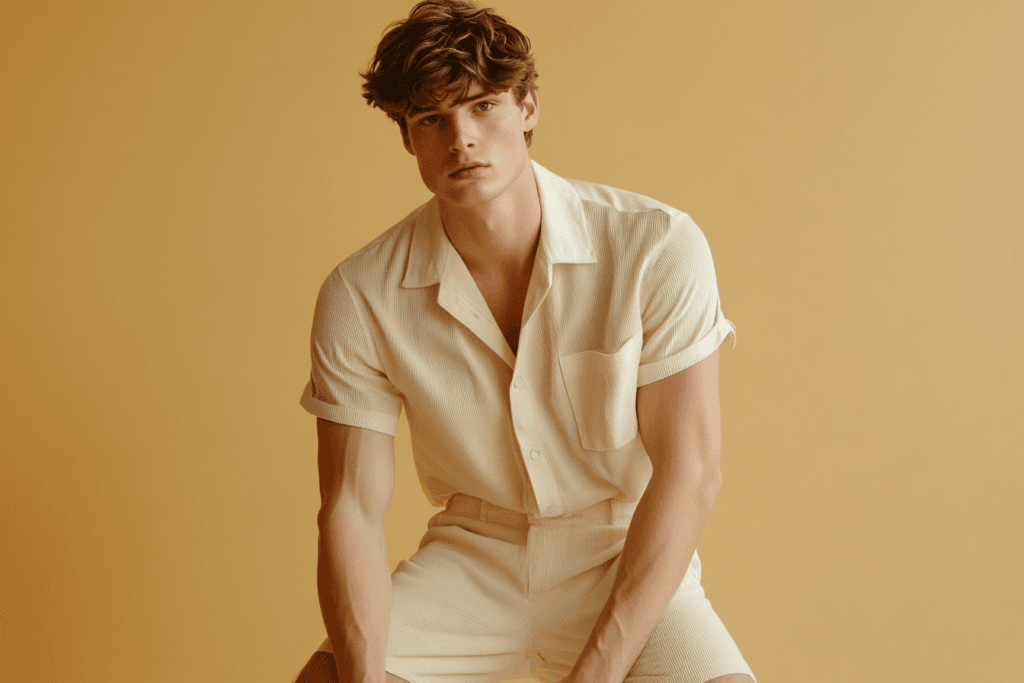
Why Breathable Fabrics Matter in Different Fields
Healthcare: Standards for Safe and Comfortable Medical Fabrics
Healthcare fabrics must follow strict rules for safety and comfort. Medical scrubs and hospital sheets need to be breathable and protective. For example, ASTM F1670 checks if fabrics block liquids, which helps stop contamination. These rules keep healthcare workers safe and comfy during long hours.
Important tests like AATCC 127 and ISO 16603 check water resistance and protection from body fluids. These tests prove if fabrics are good for medical use. Here’s a quick look at key standards:
| Standard Number | What It Tests For |
|---|---|
| AATCC 127 | Water Resistance: Hydrostatic Pressure Test |
| AATCC 42 | Water Resistance: Impact Penetration Test |
| ANSI/AAMI PB70 | Liquid barrier performance for protective clothing |
| ASTM F1671 | Stops bloodborne pathogens from passing through |
| ISO 16603 | Checks if synthetic blood can pass through materials |
Fabrics like ePTFE and PU are popular in healthcare. They mix breathability with protection, creating safe and comfy spaces for patients and staff.
Hospitality: Breathable Uniforms for Hotel Staff Comfort
In hotels, breathable fabrics help staff stay cool and look neat. Uniforms made from moisture-wicking materials control sweat and body heat. This is important for hotel workers who have long shifts in changing temperatures.
Uniforms with airflow ratings of ≥25 CFM are great for front-desk staff. These fabrics let air flow, keeping workers cool and focused. Cotton and bamboo blends are common because they absorb sweat and dry fast. Here are some benefits:
- Breathable fabrics stop sweat from staying on the skin.
- Natural fabrics like cotton look neat and feel comfy.
- Brands like Cargo Crew make uniforms for all-day comfort.
Picking the right fabrics helps hotel workers feel better and look professional.
Factories and Warehouses: Tough and Breathable Fabrics for Workers
Factory and warehouse workers need clothes that are strong and breathable. Fabrics with airflow of ≥30 CFM keep workers comfy in tough conditions. These fabrics also need to handle wear and tear.
Polyester yarns and 3-ply laminates are often used. They are strong, resist damage, and allow air to pass through. Here’s a comparison of fabrics used in factories:
| Fabric Type | Stretching Cycles | Elongation (%) | Breathability | Water Resistance |
|---|---|---|---|---|
| 100% PA Woven (PU Coated) | Up to 260 | 15 – 25 | Tested | Tested |
| 3-Ply Laminate (PES) | Up to 260 | 15 – 25 | Tested | Tested |
These fabrics also meet safety rules for protective gear, like firefighting suits. They keep workers warm, comfy, and ready to work. Using good materials protects workers and boosts productivity.
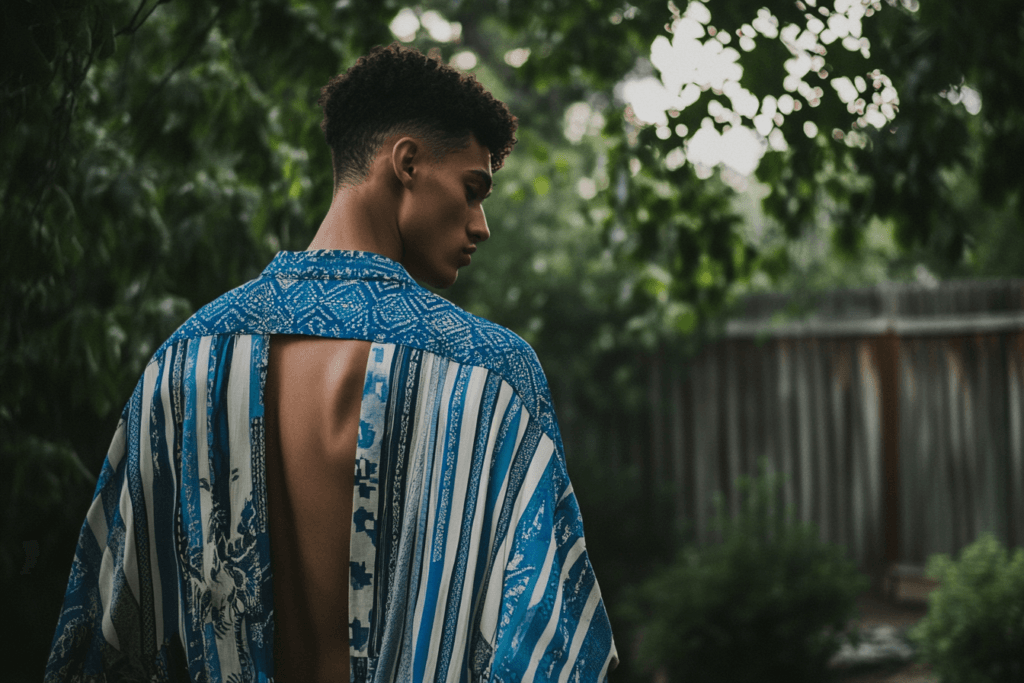
Future-Proof Buying Checklist
Check Test Reports: Ask for ASTM D737 results under 6 months old
When I check breathable fabrics, I ask for ASTM D737 reports. This test shows how much air passes through the fabric. It’s a trusted way to measure breathability. Reports should be less than six months old to show current fabric quality.
Why is ASTM D737 important?
- It works for many fabrics like woven and coated ones.
- It ensures fabrics are breathable for comfort and performance.
- It’s trusted for accurate results between different labs.
I also make sure the supplier uses a third-party lab. These labs give fair results, so I can trust the data. If a supplier won’t share recent reports, it’s a warning sign for me.
Find True CPM: (Fabric Price + Shipping) ÷ Breathability Score
To know a fabric’s real value, I calculate its cost per meter (CPM). This includes the fabric price and shipping, divided by its breathability score. It helps me see which fabric gives the best value for my money.
For example, if a fabric costs $3 per yard and has a 35 CFM score, the CPM is $0.085 per CFM. Adding shipping might make it $0.10 per CFM. Comparing CPMs helps me pick the best option.
Here’s a table of key cost-performance factors:
| Metric | Description |
|---|---|
| Total Cost of Ownership (TCO) | Includes all costs like buying, shipping, and storage. It shows the full expense, not just the price. |
| Supplier Performance Metrics | Rates suppliers on delivery, quality, and service. Helps avoid delays and extra costs. |
| Advanced Analytics | Uses data to predict needs and manage stock better. Saves money on storage and inventory. |
Using these factors helps me make smarter choices. It’s not just about saving money but also ensuring good quality.
Start Small: First order ≤500 yards with return options
Before buying a lot, I start with a small order. A pilot order of 500 yards or less lets me test the fabric. This shows if it’s good for my needs.
I also ask for return or exchange options for the pilot order. This protects me if the fabric isn’t as good as promised. For example, if it’s less breathable or durable, I can return it without losing much money.
Here’s my checklist for checking suppliers during the pilot phase:
| Criteria Type | Description |
|---|---|
| Commercial | Supplier’s reputation and ability to deliver on time. |
| Technical | If the fabric meets standards and offers new features. |
| Records | Info from public sources like reports and industry news. |
| Before-the-Fact | Research from other buyers and public reviews before working with them. |
| After-the-Fact | Feedback from users after trying the supplier’s products. |
This process helps me find reliable suppliers. It lowers risks and builds strong partnerships for the future.
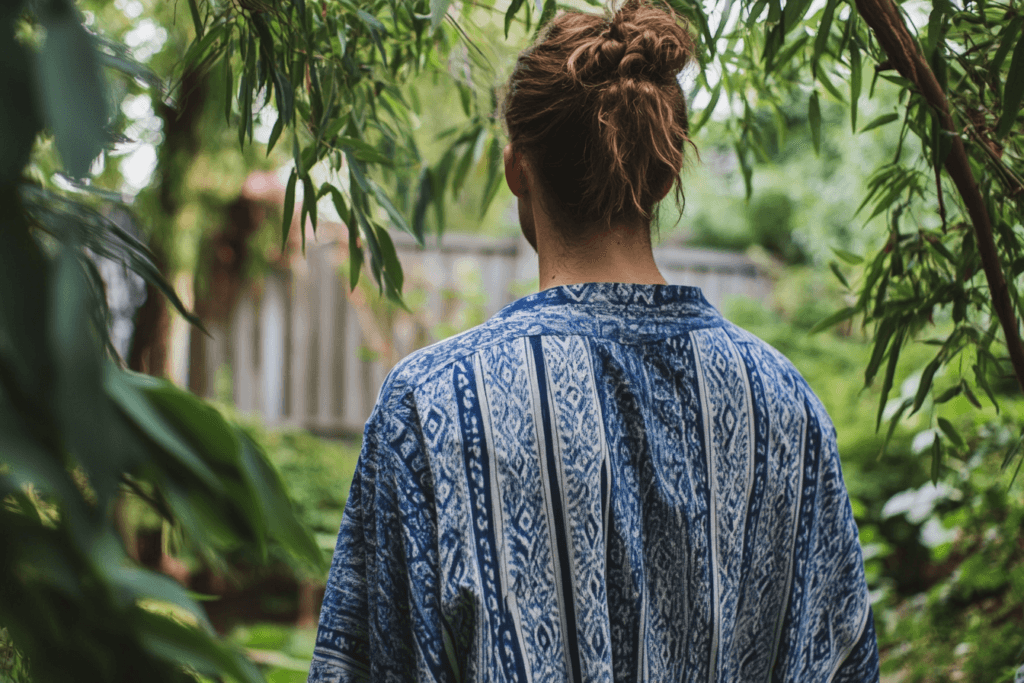
Conclusion
When I check breathable fabric, I focus on three things: testing, certifications, and personal needs. Testing shows how the fabric works in daily use. Certifications like ASTM or OEKO-TEX prove it meets important rules. Personal needs, like eco-friendliness or price, help me decide.
By using these steps, I can pick fabrics that are comfy, strong, and work well. You can try these tips too to find the best fabrics for your projects. Checking breathable fabric is easy when you know what matters.
FAQ
What is the most important test for breathable fabrics?
The ASTM D737 test is key. It checks how much air moves through fabric. I always ask for this report to confirm breathability.
How can I check if a fabric is truly eco-friendly?
Look for GOTS or OEKO-TEX certifications. These show the fabric meets strict eco and safety rules. I also verify certificates online to avoid fake ones.
Why does airflow (CFM) matter in breathable fabrics?
Airflow, measured in CFM, shows how easily air passes through. Higher CFM means better breathability. Fabrics with ≥25 CFM work well for hot-weather uniforms.
Can I test fabric breathability at home?
Yes! Hold the fabric near your mouth and blow through it. If you feel air on the other side, it’s breathable. This quick test gives a basic idea of airflow.
What’s the best fabric for activewear?
Nylon-Spandex blends are great for activewear. They stretch, last long, and breathe well. These fabrics also resist sweat and keep their shape after washing.
How do I avoid MOQ traps in contracts?
I read contracts carefully. I ask if suppliers allow changes between samples and bulk orders. Clear talks help me avoid problems with minimum order rules.
Are sustainable fabrics more expensive?
Not always. Recycled polyester is both eco-friendly and affordable. Bulk discounts can lower costs too. I compare prices and certifications to find good deals.
How can I ensure consistent fabric quality in bulk orders?
I start with small orders of ≤500 yards to test quality. This helps me check the fabric before buying more. I also ask about the supplier’s quality checks.
Pro Tip: Always ask for recent test results and certifications to confirm fabric quality.
Related:
1.Effect of different garments on thermophysiological and psychological comfort properties of athletes in a wear trial test →
2.Functional Workwear Apparel Market →
3.A comparative study of mechanical and comfort properties of bamboo viscose as an eco-friendly alternative to conventional cotton fibre in polyester blended knitted fabrics →
4.Organic Cotton Market Size, Share & Industry Analysis, By Type (Long-Staple Cotton, Short-Staple Cotton, Middle Staple Cotton, Extra-long Staple Cotton, and Others), By Quality Type (Supima/Pima, Upland, Giza, and Others), By Application (Apparel, Packaging, and Others), and Regional Forecast, 2024-2032 →
5.Comparison of Mechanical and Thermal Comfort Properties of Tencel Blended with Regenerated Fibers and Cotton Woven Fabrics →
